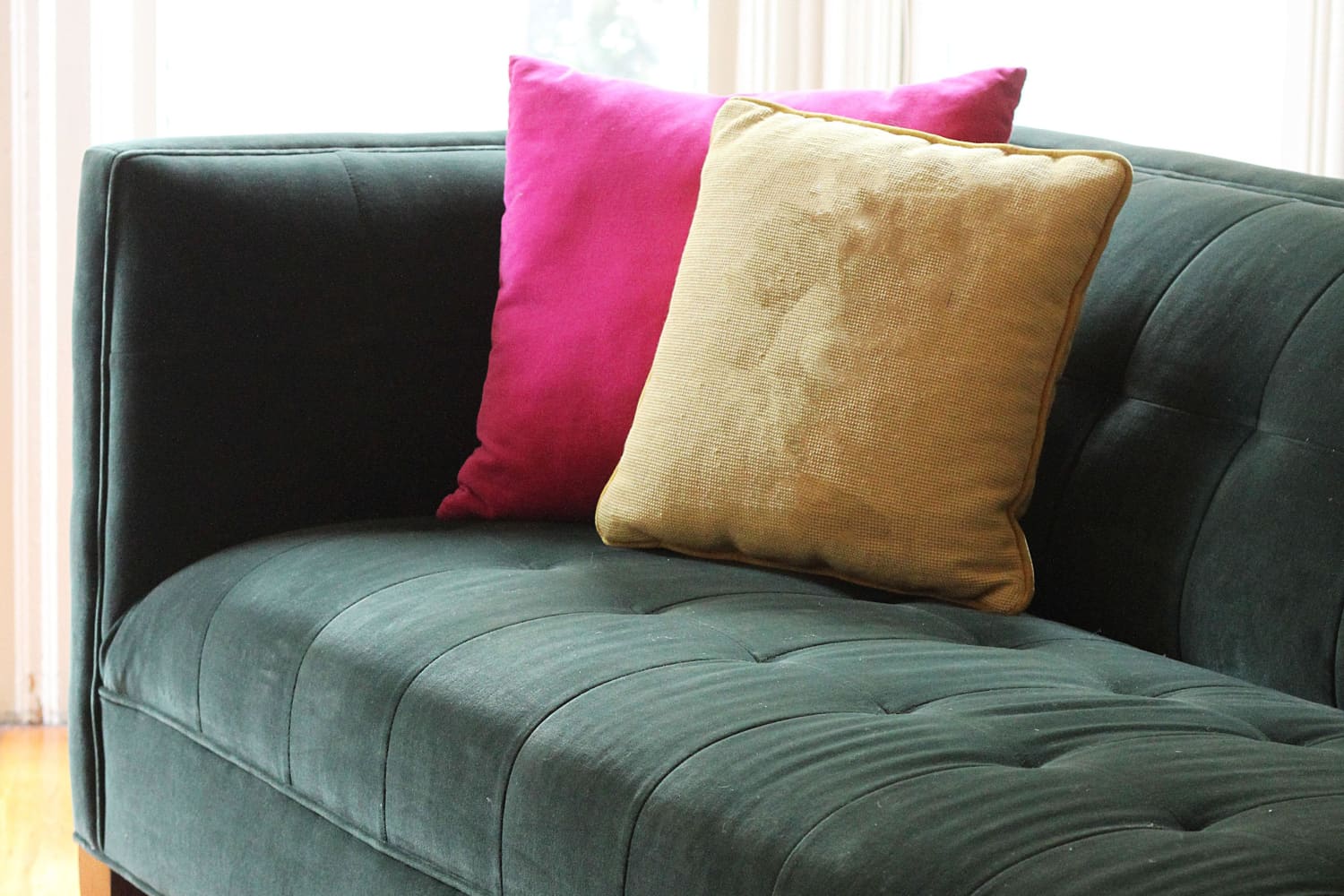5 Best Ways to Remove Stains from Fabric Upholstery
Fabric upholstery adds warmth, texture, and personality to any living space, making it a popular choice for sofas, chairs, and other furniture pieces. However, its soft and inviting nature also makes it prone to stains. Whether it’s a spilled cup of coffee, a splash of wine, or a muddy paw print, stains on fabric upholstery can be a source of frustration. The good news is that with the right techniques and a little know-how, you can effectively remove stains and restore your furniture’s appearance. At Lounge Master, we’re here to help you tackle even the toughest stains. In this blog, we’ll explore five of the best ways to remove stains from fabric upholstery cleaning, ensuring your furniture stays fresh and beautiful for years to come.
1. Act Quickly to Blot, Not Rub
When it comes to stain removal, time is of the essence. The sooner you address a spill, the better your chances of preventing it from setting into the fabric. The first step is to blot the stain gently with a clean, absorbent cloth or paper towel. Avoid rubbing, as this can push the stain deeper into the fibers or spread it to a larger area. Instead, use a dabbing motion to soak up as much of the liquid as possible. If the stain is dry, use a soft-bristled brush to loosen any debris before proceeding with cleaning. Acting quickly and carefully can make a significant difference in the effectiveness of your stain removal efforts.
2. Use a Mild Detergent Solution for General Stains
For many common stains, a mild detergent solution is a safe and effective cleaning option. Mix a small amount of gentle dish soap with warm water to create a light, soapy solution. Dip a clean cloth into the mixture, wring it out thoroughly, and gently dab the stained area. Work from the outside of the stain toward the center to prevent it from spreading. After cleaning, use a damp cloth to rinse the area, removing any soapy residue. Finally, blot the spot with a dry cloth to absorb excess moisture. This method works well for stains like coffee, tea, juice, and food spills, but always test the solution on an inconspicuous area first to ensure it doesn’t damage the fabric.
3. Tackle Grease Stains with Baking Soda or Cornstarch
Grease stains, such as those from oil, butter, or salad dressing, require a different approach. Unlike water-based stains, grease can leave a stubborn residue that’s difficult to remove with soap alone. For fresh grease stains, sprinkle a generous amount of baking soda or cornstarch over the affected area. These powders work by absorbing the grease, making it easier to lift from the fabric. Let the powder sit for at least 15 minutes, then gently brush it away with a soft cloth or vacuum cleaner. If any residue remains, follow up with a mild detergent solution or a specialized upholstery cleaner. This method is particularly effective for light-colored fabrics, as it helps prevent discoloration.
4. Remove Tough Stains with Vinegar and Water
For more stubborn stains, such as wine, ink, or pet accidents, a vinegar and water solution can be a game-changer. Mix equal parts white vinegar and water in a spray bottle, then lightly mist the stained area. Vinegar is a natural cleaning agent that helps break down stains and neutralize odors. After applying the solution, gently blot the stain with a clean cloth. Repeat the process as needed until the stain is lifted. Once the stain is gone, rinse the area with a damp cloth to remove any vinegar residue, then blot it dry. Vinegar is safe for most fabrics, but it’s always a good idea to test it on a small, hidden area first to ensure compatibility.
5. Invest in a Quality Upholstery Cleaner for Delicate Fabrics
For delicate or high-end fabrics, investing in a quality upholstery cleaner is often the best option. These specialized cleaners are formulated to be gentle on fabrics while effectively removing stains. Look for a product that’s suitable for your specific type of upholstery, whether it’s cotton, linen, velvet, or microfiber. Follow the manufacturer’s instructions carefully, applying the cleaner with a soft cloth or sponge. Upholstery cleaners are particularly useful for deep-seated stains or fabrics that require extra care. If you’re unsure which product to use, consult the care label on your furniture or seek advice from a professional cleaner.
6. Preventing Future Stains on Fabric Upholstery
While knowing how to remove stains is essential, preventing them in the first place is even better. Consider applying a fabric protector to your upholstery, which creates a barrier against spills and stains. Regular vacuuming can also help remove dirt and debris before they become embedded in the fabric. Encourage family members and guests to avoid eating or drinking on the furniture, or use slipcovers and throws to protect high-traffic areas. By taking these preventive measures, you can reduce the likelihood of stains and keep your fabric upholstery looking its best.
Lounge Master: Your Partner in Upholstery Care
At Lounge Master, we understand that fabric upholstery is an investment worth protecting. Whether you’re dealing with a fresh spill or a stubborn stain, our tips and techniques can help you restore your furniture’s beauty and extend its lifespan. For particularly challenging stains or delicate fabrics, don’t hesitate to reach out to our team of experts for professional cleaning services. With the right care and attention, your fabric upholstery can remain a stylish and comfortable centerpiece in your home for years to come. So, arm yourself with these stain-removal strategies, and tackle every spill with confidence!











Post Comment